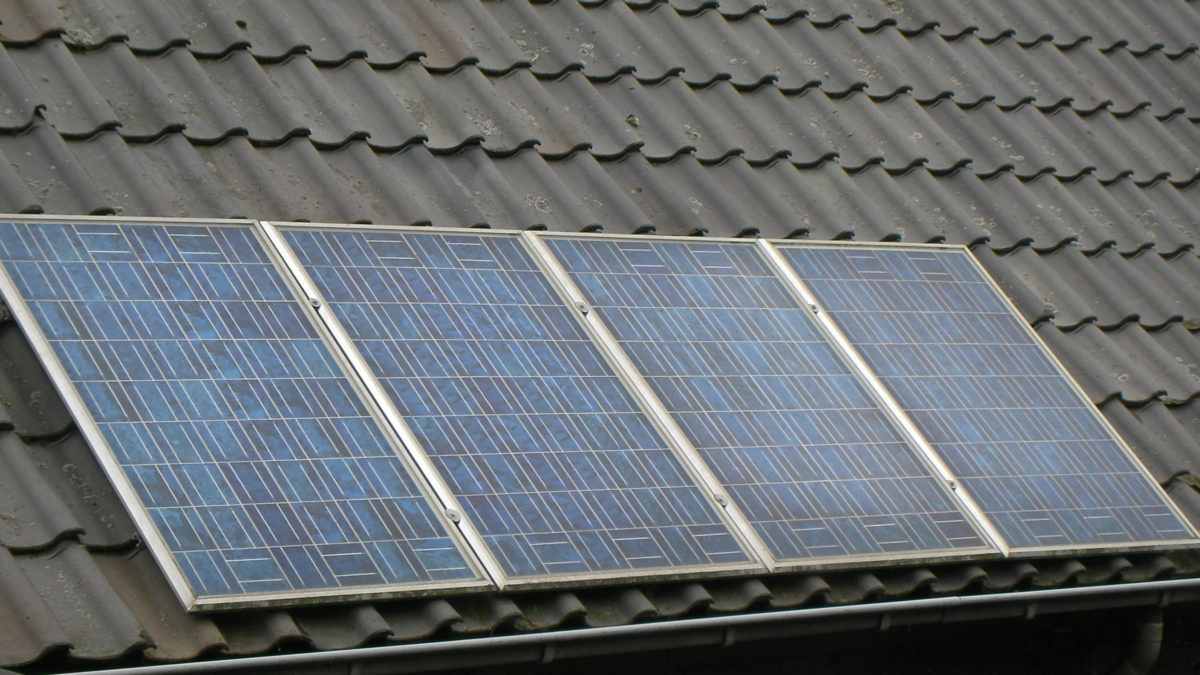Dutch Minister of Economic Affairs and Climate Change, Eric Wiebes, has decided to maintain the country's current net-metering rules for residential PV until 2023, as suggested two years ago by the previous Dutch Minister of Economic Affairs, Henk Kamp.
According to a press release from Holland Solar, a local trade body, the scheme will be maintained under its current conditions until the end of 2023, at which point the government will start to gradually phase the program out over the following seven years.
“With this choice, the government offers the solar energy sector and the consumer the desired security,” said Peter Desmet, a board member of Holland Solar.
By phasing out the scheme gradually, the government is responding to the solar sector’s desire for a carefully managed transition period. Once the scheme is completely finished, solar energy should be able to compete with fossil-fuel energy sources without tax incentives, the association said. The gradual phase-out will also open up more opportunities for storage deployment, Holland Solar added.
Starting from 2023, the government will also gradually lower fiscal incentives to support the sale of surplus power, as well as net metering tariffs, which are now equal to the full consumer price. This will encourage PV system owners to inject less electricity into the grid and to directly consume as much electricity as possible by themselves, Holland Solar said.
Popular content
The Dutch government based its decision on a study that the Energy Research Centre of the Netherlands (ECN) conducted on behalf of the Ministry of Economic Affairs in 2017. The study provided a plan to facilitate the deployment of residential solar in the Netherlands beyond the 2020-23 period. The mechanism was originally scheduled to be replaced by other schemes in 2020.
According to Dutch consultancy Good!, residential PV installations financed by net-metering schemes accounted for 38% of the solar market in 2018, at around 550 MW. The Dutch solar market grew 46% year-on-year in 2018, thanks to newly deployed capacity of 1.33 GW, which raised the country's cumulative total to more than 4.24 GW, according to the Nationaal Solar Trendrapport 2019, released by consultancy Dutch New Energy. A large portion of the growth that has been registered in recent years has also come from large-scale solar projects developed under the SDE+ scheme.
But in the early stages of solar development in the Netherlands, at the beginning of this decade, net metering was the main market driver. According to official statistics released by the Dutch Central Bureau of Statistics (CBS) in 2016, approximately 1.05 GW of the 1.51 GW of PV that was connected to the grid by the end of 2015 consisted of residential PV capacity, accounting for 69% of cumulative installations.
This content is protected by copyright and may not be reused. If you want to cooperate with us and would like to reuse some of our content, please contact: editors@pv-magazine.com.



6 comments
By submitting this form you agree to pv magazine using your data for the purposes of publishing your comment.
Your personal data will only be disclosed or otherwise transmitted to third parties for the purposes of spam filtering or if this is necessary for technical maintenance of the website. Any other transfer to third parties will not take place unless this is justified on the basis of applicable data protection regulations or if pv magazine is legally obliged to do so.
You may revoke this consent at any time with effect for the future, in which case your personal data will be deleted immediately. Otherwise, your data will be deleted if pv magazine has processed your request or the purpose of data storage is fulfilled.
Further information on data privacy can be found in our Data Protection Policy.